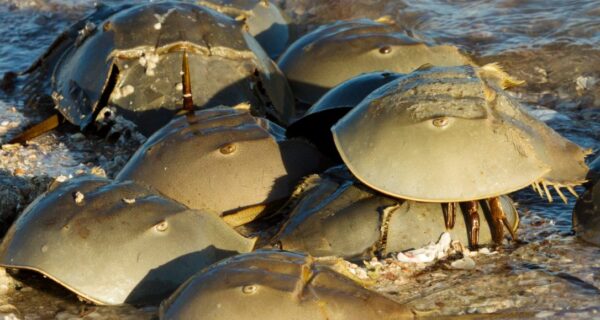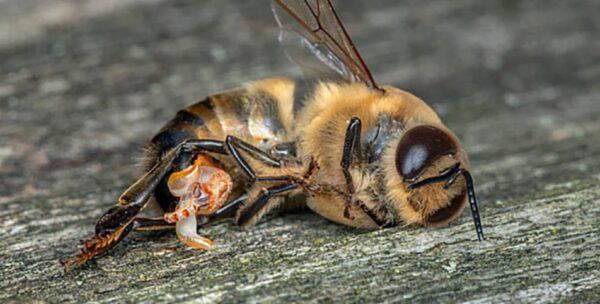Lifestyle
10 animals with blue blood around the world

When you think of blood, the first colour that probably comes to mind is red. That’s true for most animals, including humans.
But there are a few creatures out there that break this rule completely– they bleed blue!
And no, it’s not science fiction. These animals genuinely have blue-coloured blood flowing through their bodies.
The reason behind this lies in a different oxygen-carrying protein called hemocyanin, which uses copper instead of iron (like in our haemoglobin).
Let’s take a closer look at some fascinating animals that literally have blue blood.
1. Horseshoe Crabs
Horseshoe crabs are often called “living fossils” because they’ve been around for over 400 million years. One of the most unique things about them is their bright blue blood. Their blood plays a vital role in detecting bacterial toxins and is widely used in medical safety testing. Despite their name, they aren’t true crabs– they’re more closely related to spiders and scorpions.
2. Octopuses
Octopuses are among the smartest creatures in the ocean, and they also happen to have blue blood. Because they live in cold, deep water where oxygen levels are low, their bodies use hemocyanin to help circulate oxygen more effectively. This blue blood gives them an edge in surviving extreme marine environments. In fact, they have three hearts to help pump this blue blood through their bodies.
3. Squid
Squid are quick, agile swimmers that live in deep parts of the ocean. Like octopuses, they rely on hemocyanin, which gives their blood a bluish tint. Some species of squid even have three hearts like octopuses, helping them handle intense underwater pressure. This blood adaptation supports their high-energy lifestyle and deep-sea adventures.
4. Spiders
Most spiders have blue-coloured blood, too. While they might look like average land animals, they share this trait with their ocean relatives. Hemocyanin helps them move oxygen around their bodies. This system is especially helpful for spiders that live in low-oxygen environments like underground burrows. It also helps regulate their metabolism in different climates.
5. Scorpions
Scorpions are tough creatures that can survive harsh desert climates. They also have blue blood, thanks to the same copper-based protein used by spiders. This helps them cope with extreme temperatures and dry conditions.
6. Lobsters
Lobsters might be better known for their claws, but their blood is blue, too. It’s one of the reasons they can handle cold, deep waters so well. Their blood helps them absorb oxygen in low-temperature, low-oxygen conditions. It also helps support their large, powerful bodies as they move along the ocean floor.
7. Snails
Not all snails, but many marine snails, have blue blood. These soft-bodied creatures use hemocyanin just like other sea animals. This helps them breathe underwater and survive in cooler marine habitats. Some even have protective shells that aid in regulating their internal environment.
8. Crustaceans
Crabs, shrimp, and other crustaceans also fall into this blue-blooded category. They may look simple on the outside, but their bodies rely on copper-based blood to survive underwater. This adaptation allows them to thrive in a range of ocean conditions– from shallow tides to deep sea trenches. Their blood even changes shade slightly depending on how much oxygen it’s carrying.
9. Sea Spiders
They’re not true spiders, but sea spiders share the blue blood trait. These strange-looking marine animals live in icy ocean habitats and use hemocyanin to keep their systems running. They’re often found in Antarctic waters, where oxygen is scarce and survival is tough. Interestingly, many of them don’t even have lungs or hearts– they rely on diffusion and body movements to circulate their blood.
10. Molluscs
Clams, oysters, and some other molluscs also have blue blood. It helps them get oxygen while sitting at the bottom of the ocean. Many of these animals are filter feeders, and their blue blood supports their low-energy lifestyle. In some species, their blood can shift shades depending on water temperature and oxygen levels.










